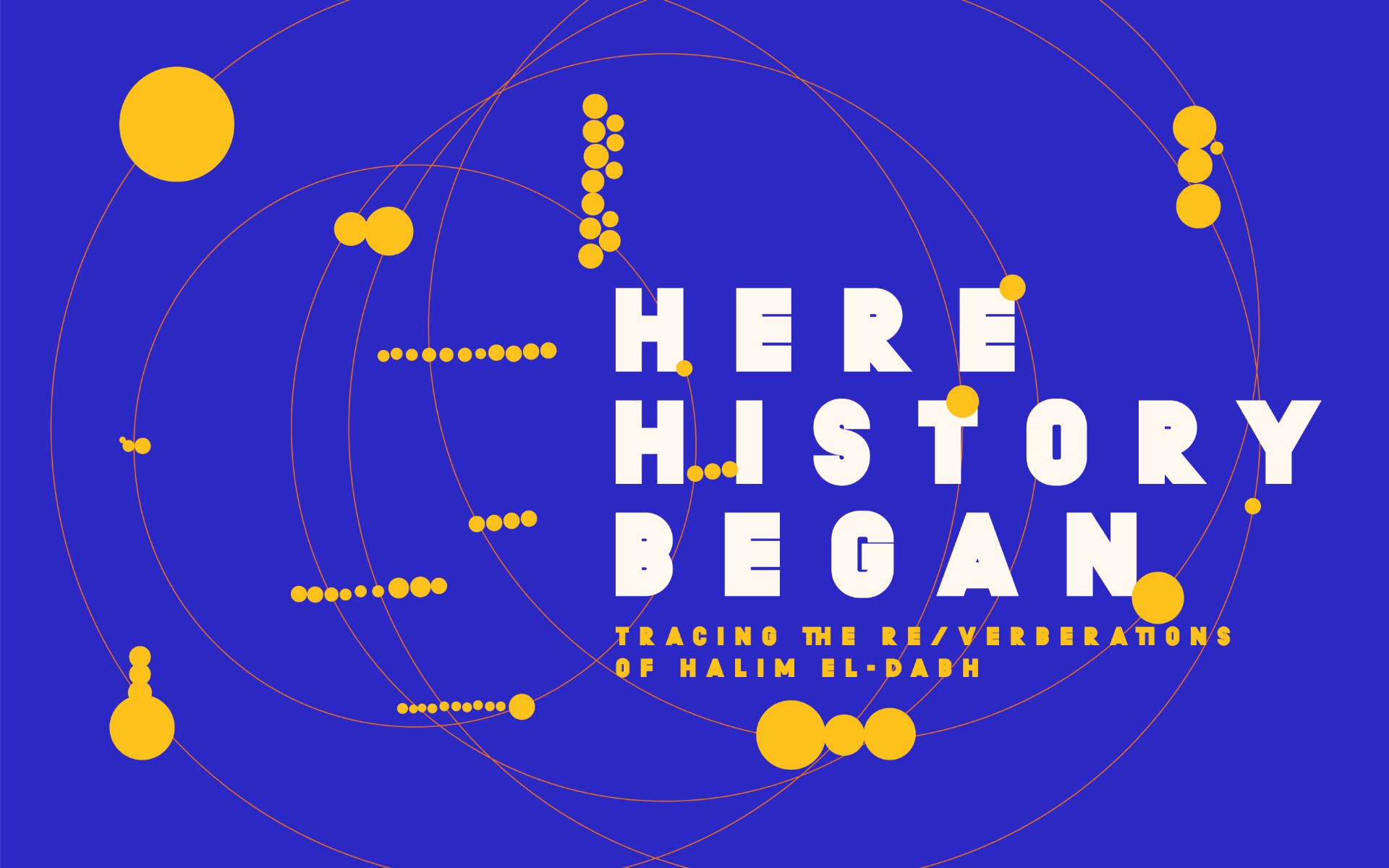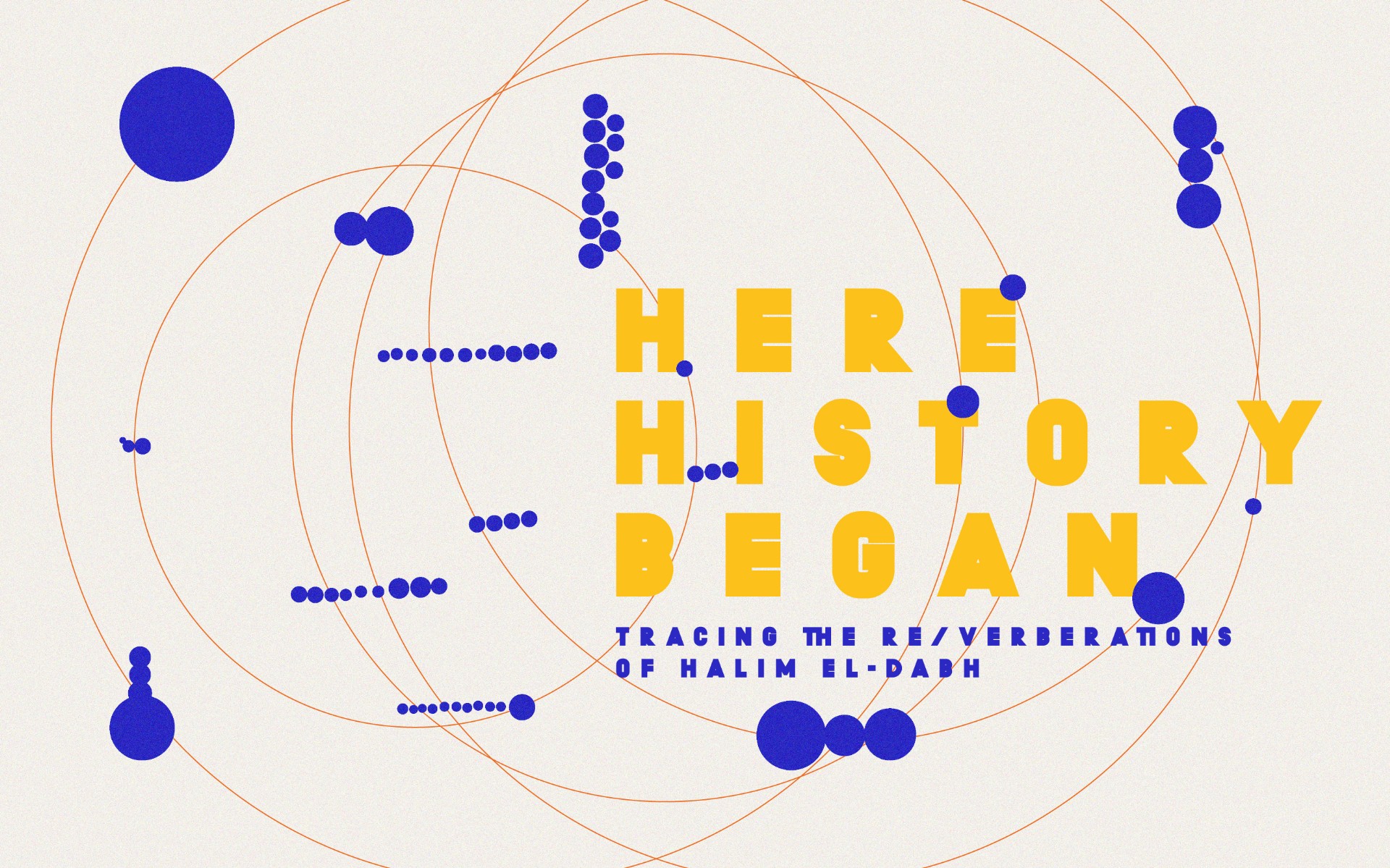HERE HISTORY BEGAN.
Tracing the Re/Verberations of Halim El-Dabh
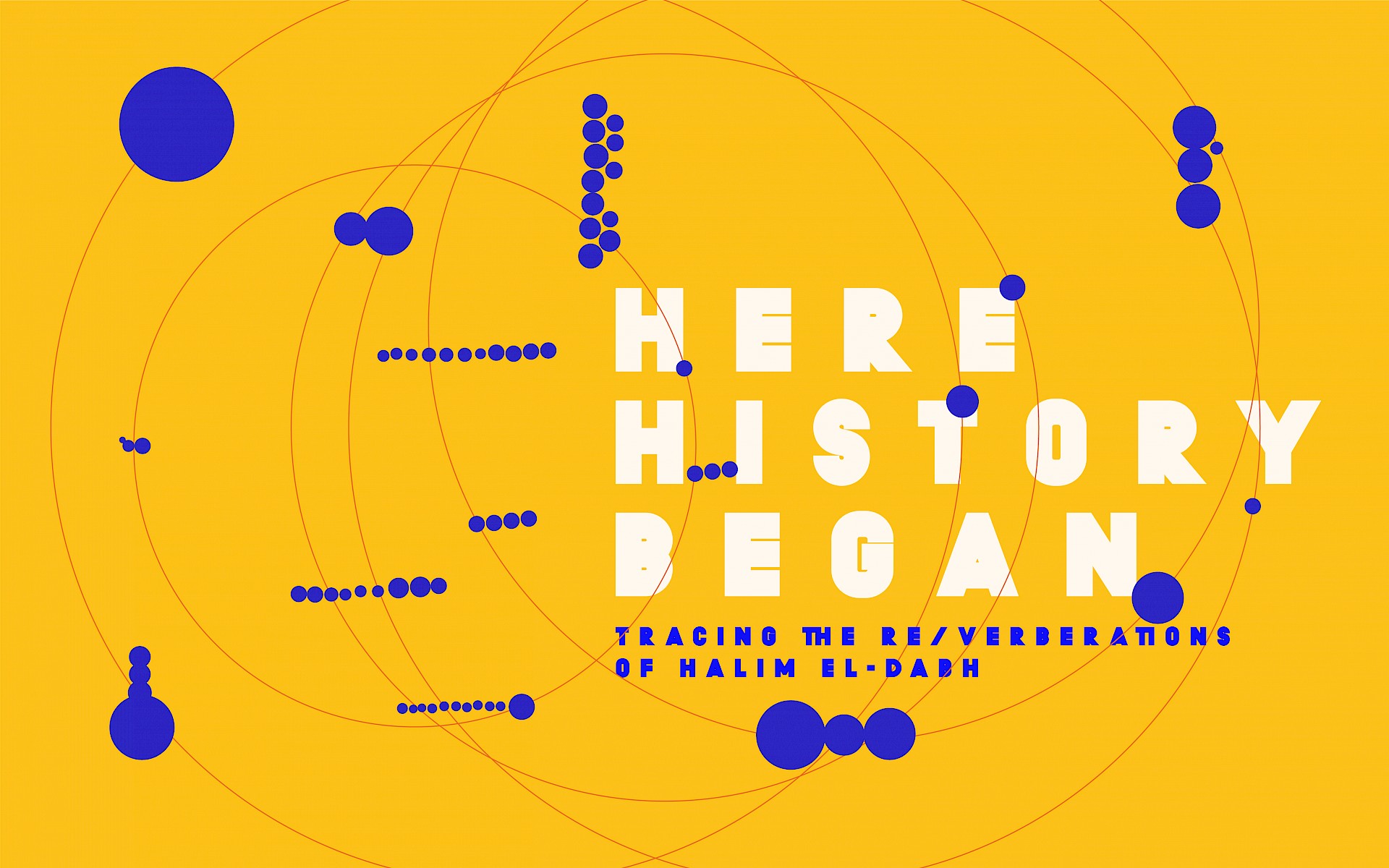
research, exhibition, performance and Publication project
In the framework of Maerzmusik–festival for time issuesExhibition 20.03.–09.05.2021
With Halim El-Dabh, and Leo Asemota, Black Quantum Futurism (Camae Ayewa aka Moor Mother & Rasheedah Phillips), Vivian Caccuri, Jessica Ekomane, Jihan El-Tahri, Theo Eshetu, Satch Hoyt, Aryan Kaganof, Tegene Kunbi, Yara Mekawei, Magdi Mostafa, Joe Namy, Camille Norment, Emeka Ogboh, Matana Roberts, Lorenzo Sandoval, Sunette L. Viljoen
Online Invocations 20.03.2021 16:00–00:00
With Halim El-Dabh, and Medhat Aldaabal, Lois Alexander, Jessie Cox with Wu Wei and Nicola Hein, Ali Demirel, Jessica Ekomane, Mena Mark Hanna, Ali Hasan, Sofia Jernberg, Mazen Kerbaj, Magda Mayas, Lorenzo Sandoval, and Ute Wassermann
INVOCATIONS PART II 23.10.–24.10.2021
WITH Halim El-Dabh, and Leo Asemota, Tanka Fonta, Satch Hoyt, Hasan Hujairi, Yara Mekawei, Joe Namy, Sam Shalabi, Alice Shields, Timkehet Terrefa, and more tbc.
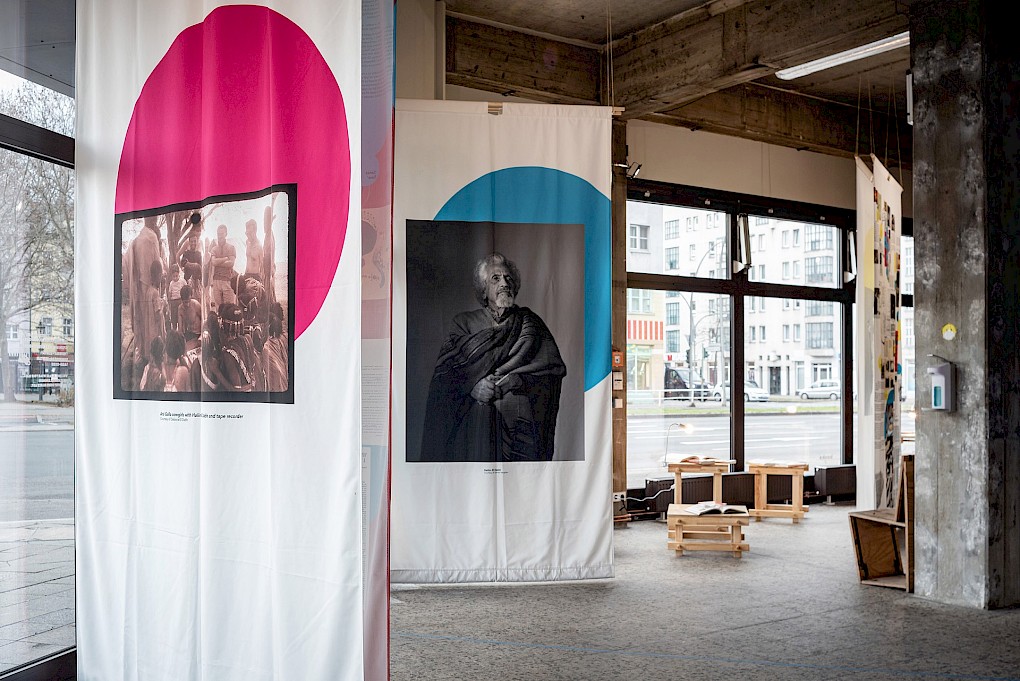
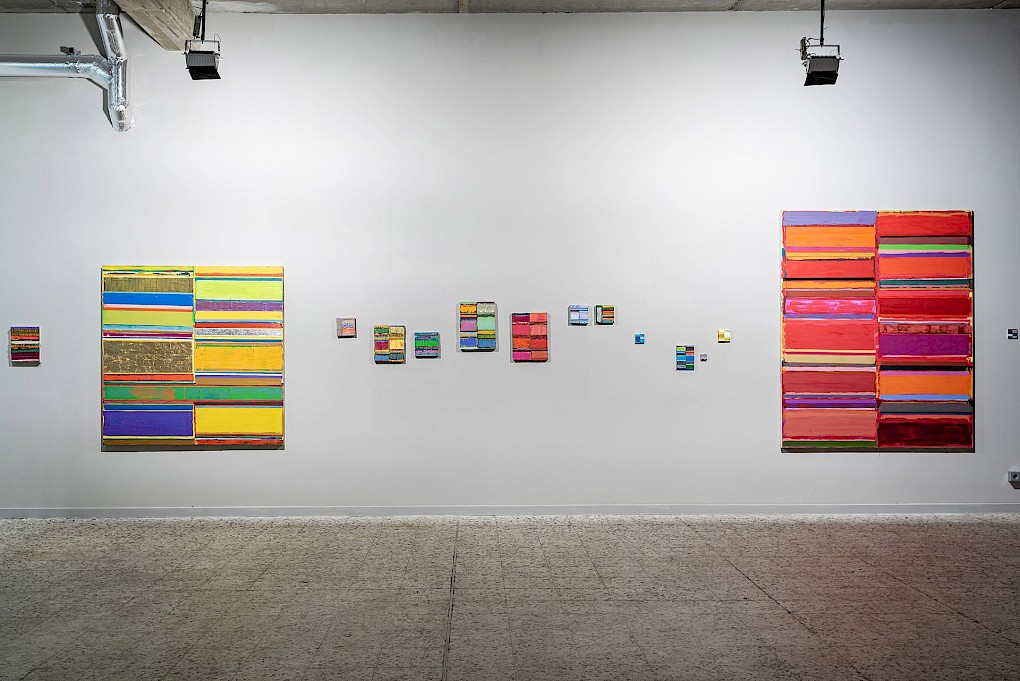
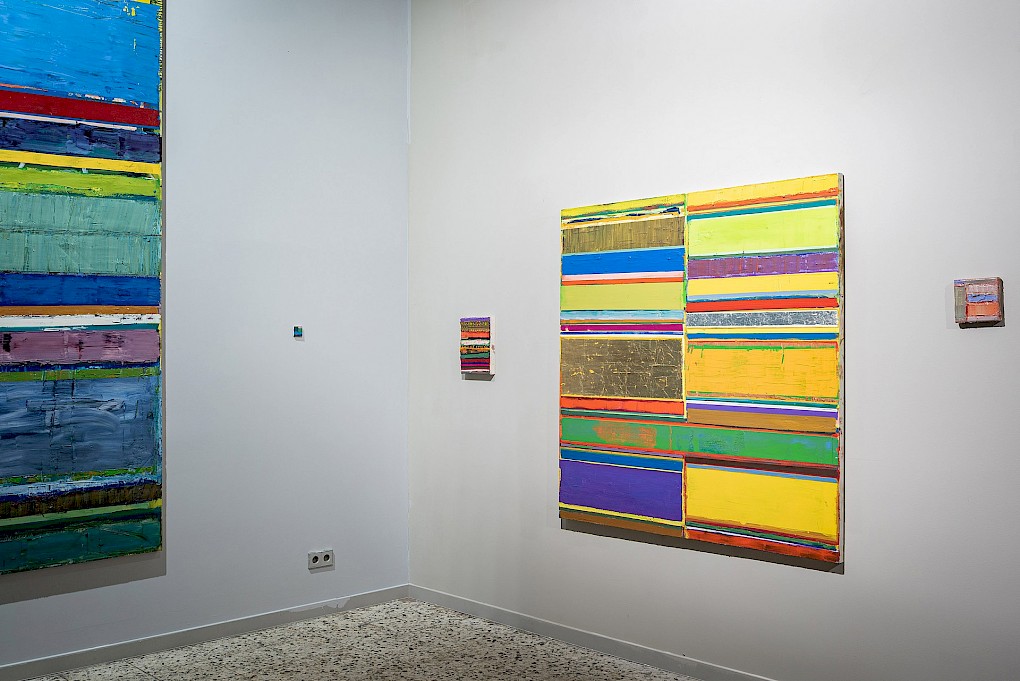
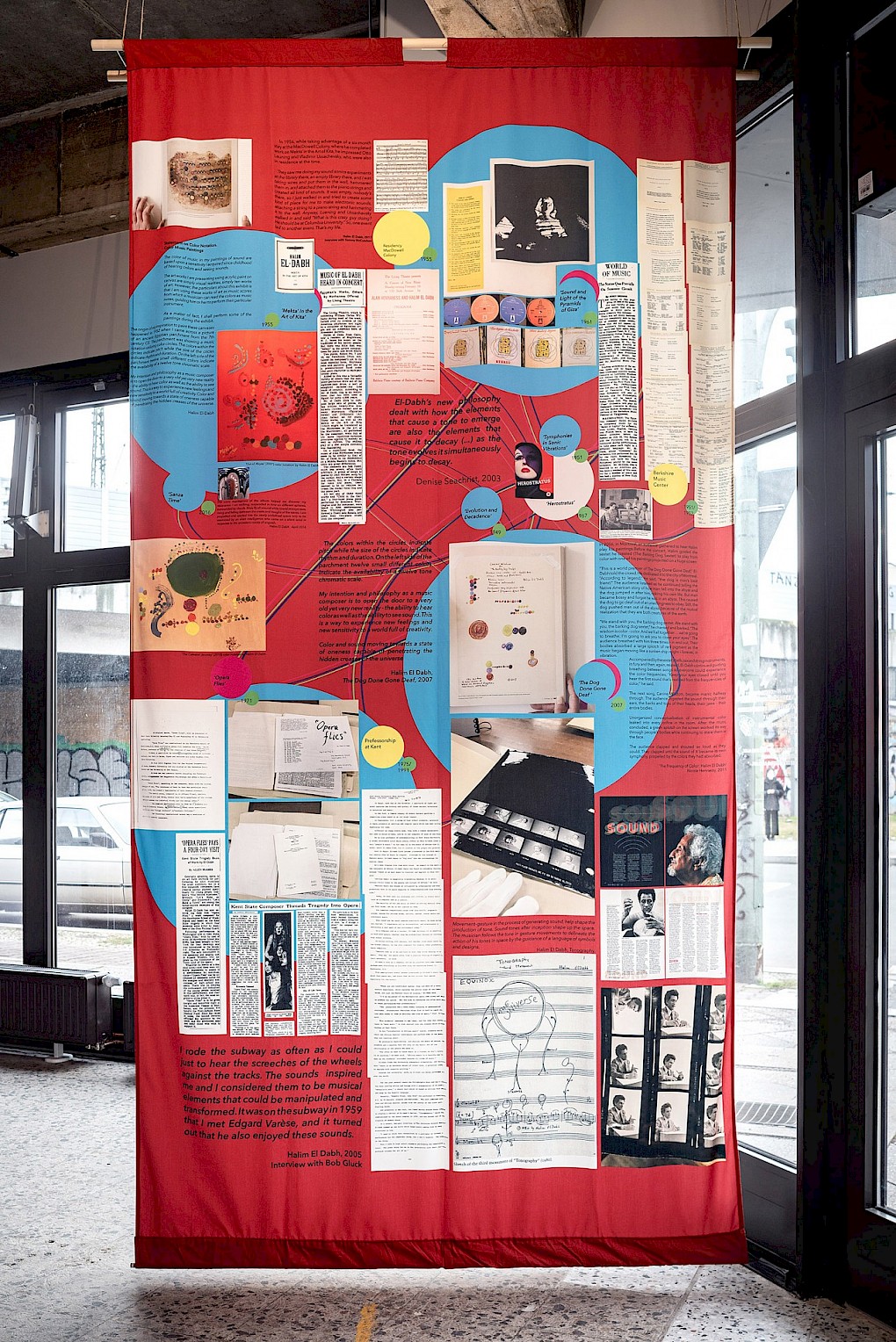
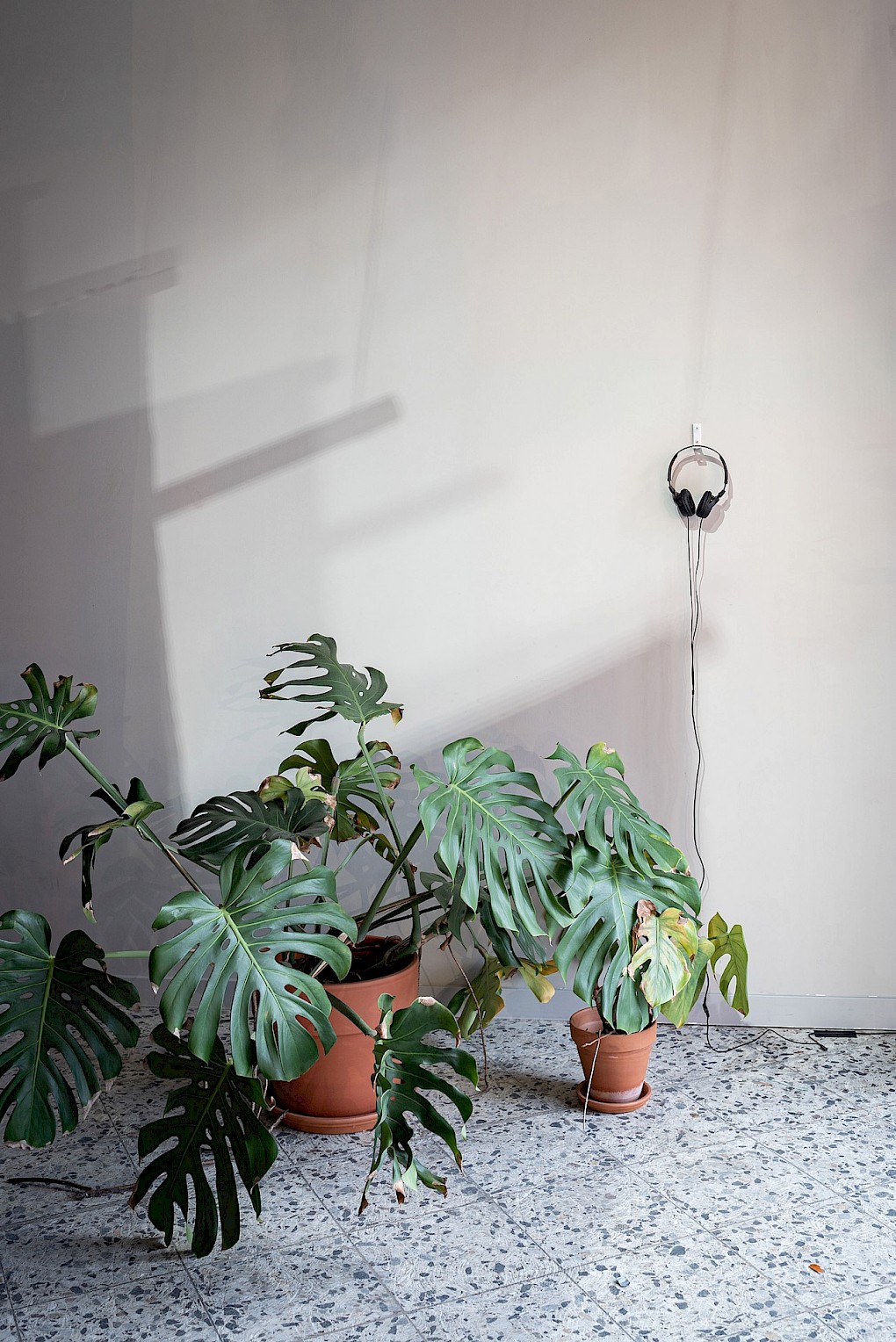
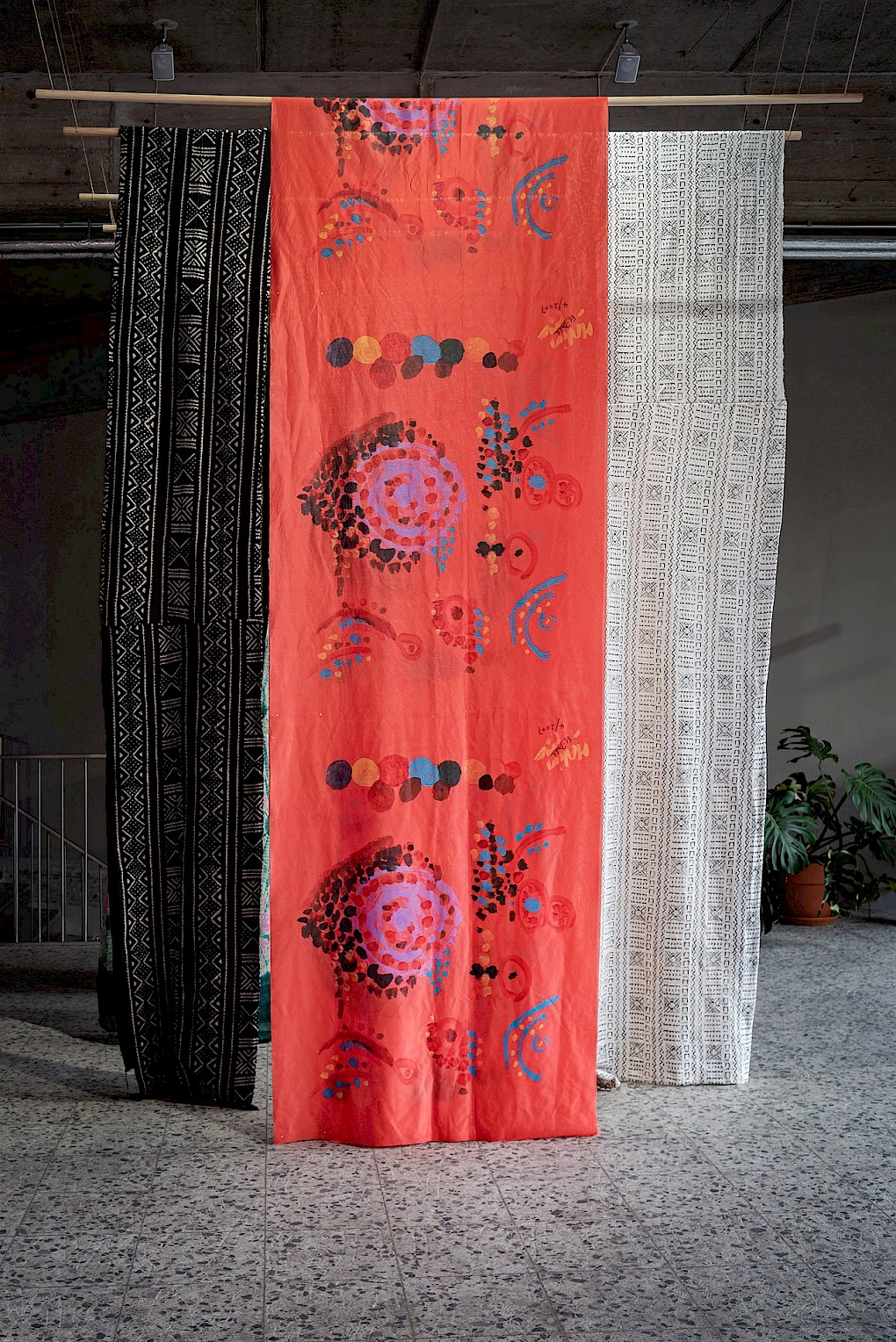
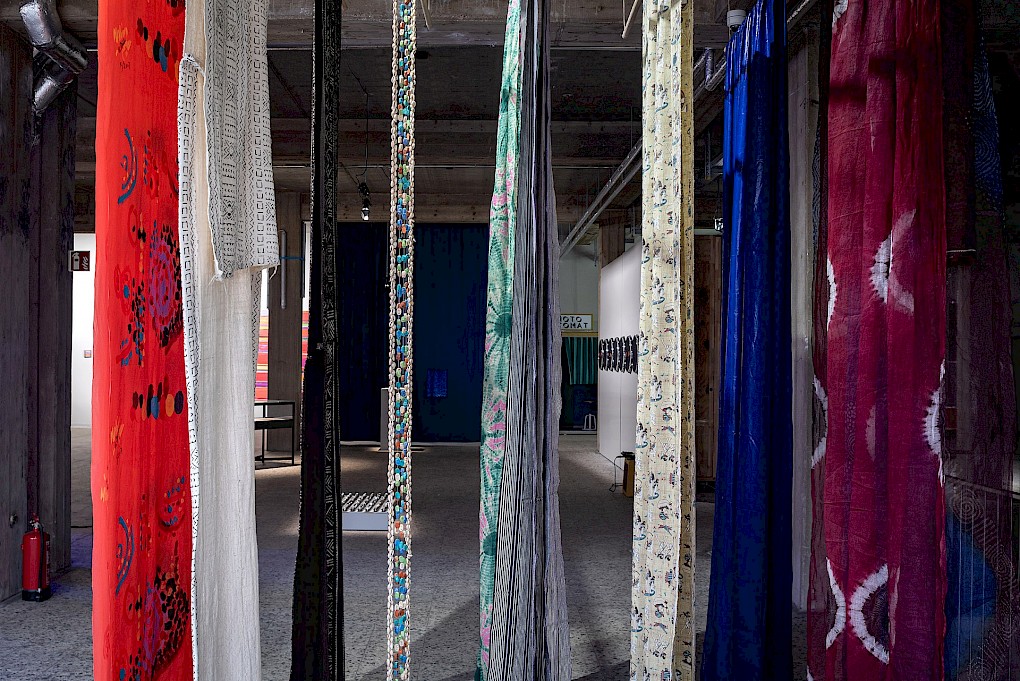
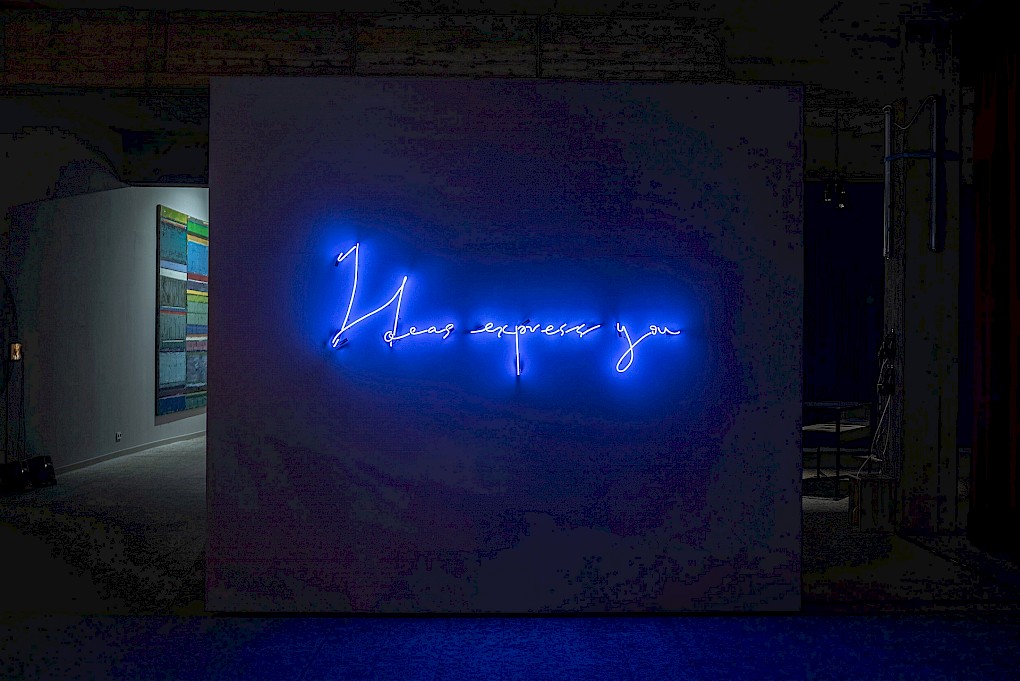
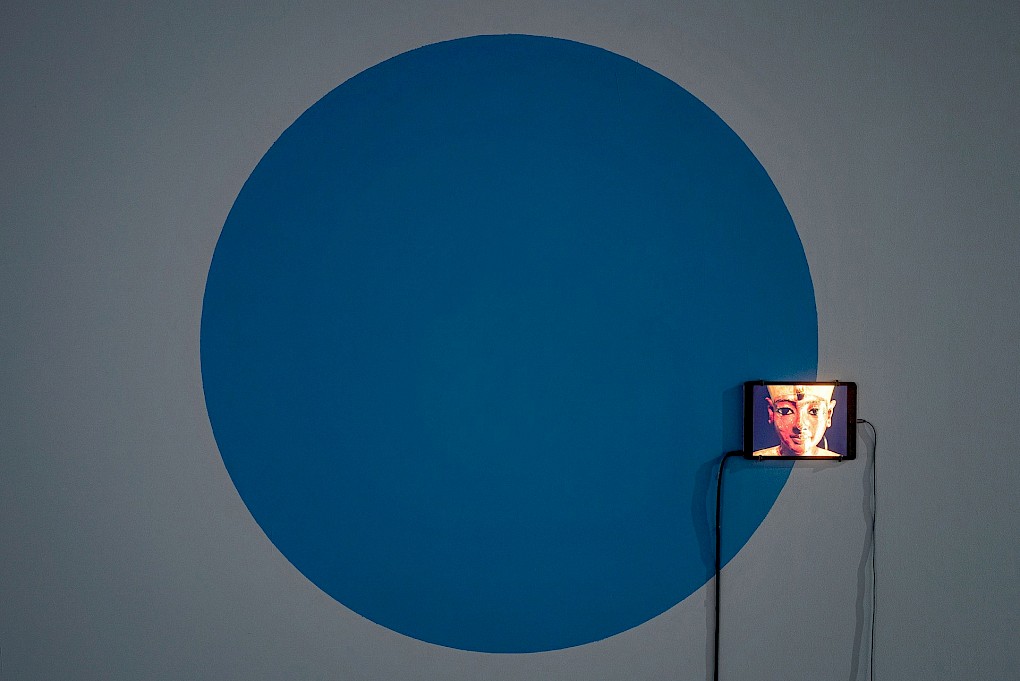

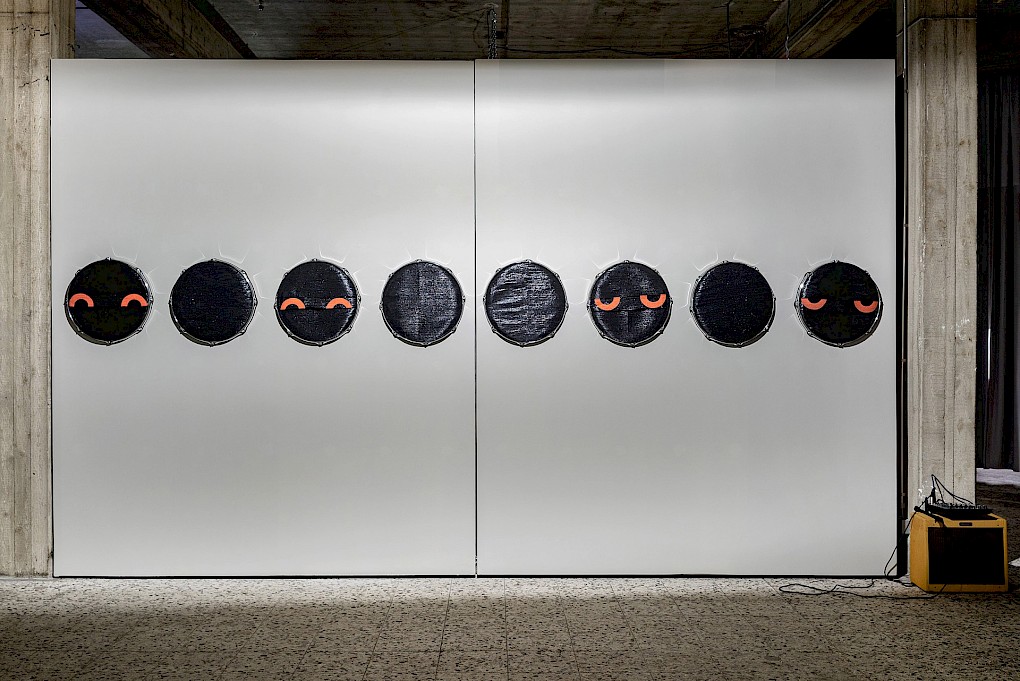
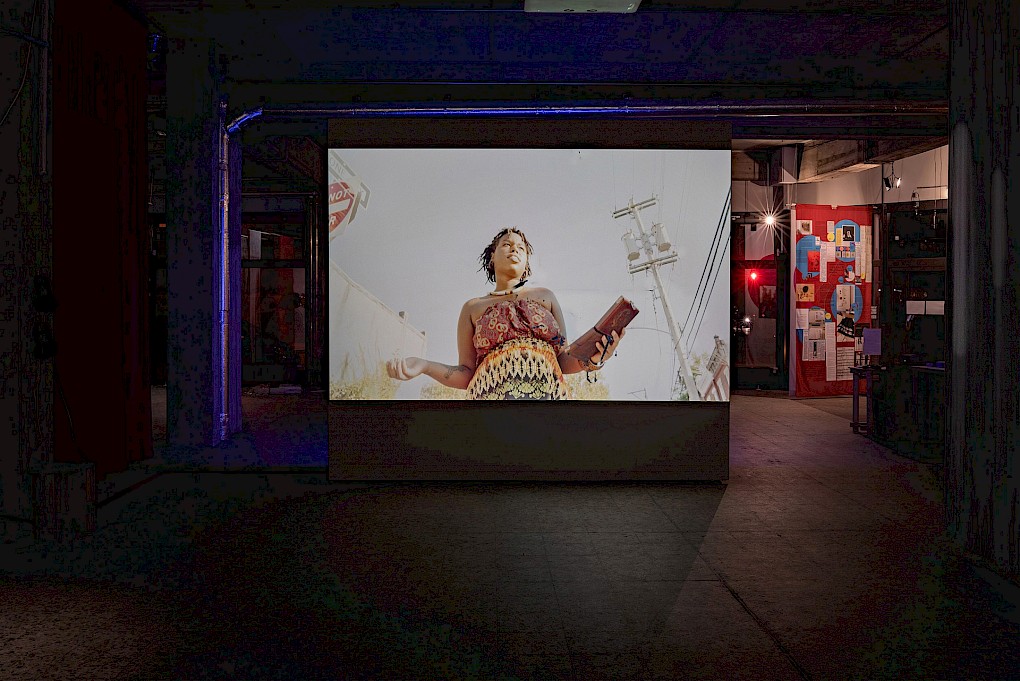
Since my traditions are rooted in Egypt, my language of sound tends to bring into being the sounds of Africa. In Africa singing is a function of life. One sings as an activity, not in order to be good. To be a good musician in Africa is to make total use of the instrument, not to select only certain capabilities of the instrument and make these capabilities the law of the instrument.
What I love about music is it connects me with the universe. It puts me in contact with every human being. Music is not just what your ear can hear, but what your body can experience. Every human being has a gesture, and that gesture explains your life history in a way — the way you use the body. There are thousands of gestures to explain a culture of a society, between the gesture, which I’m very interested to learn, and the relation to sound, a fantastic tool to become liberated and find yourself.
HERE HISTORY BEGAN. TRACING THE RE/VERBERATIONS OF HALIM EL-DABH is the culmination of a five year long research, and our second homage to the oeuvre of the Egyptian musician, Pan-Africanist, creative musicologist, and philosopher Halim El-Dabh, one of the most seminal composers of the 20th century who this March would have turned 100 years.
With this endeavour into sound and its spaces, we honour our elder Halim El-Dabh. His work is an inspiration to us and guides us through a multifaceted history of music, philosophy and tools accessed and explored by El-Dabh through the years.
With this research and exhibition we question: what are the mechanisms by which Halim El-Dabh could be excluded from the canon? An artist whose legendary composition “It is Dark and Damp on the Front” (1949) brought him international recognition before he received formal music training; who collaborated with the modern dance titan Martha Graham; who composed one of the earliest pieces of electronic music known to date, “Taabir El-Zaar” (1944), which launched a wave of experimental electronic music flourishing until today; whose sound installation “Here History Began” (1961) has become synonymous with the pyramids in Giza; and whose Pan-Africanist vision led him throughout the African continent to connect and collaborate with thinkers, musicians, and politicians like Leopold Sedar Senghor and Haile Selassie while collecting sounds and instruments from around the continent and the diaspora. A composer who, through a span of over seven decades, cross-pollinated sonic disciplines ranging from music for voice and electronic music to opera, symphony, ballet, orchestra while conducting significant research into the sonic traditions of Egypt, Ethiopia, Eritrea, Sudan, Kenya, Tanzania, Uganda, Democratic Republic of the Congo, Central African Republic, South Africa, Nigeria, Ghana, Senegal, Gambia, Guinea, Mali, Niger, Morocco, Greece, Macedonia, Uzbekistan, Brazil, Mexico, and Jamaica, and the United States.
This exhibition leads into a series of concerts, lectures, performances, radio programmes, a publication and workshops throughout 2021, expanding our prelude at the 2018 Dak’Art Biennial: CANINE WISDOM FOR THE BARKING DOG SEXTET: EXPLORING THE SONIC COSMOLOGIES OF HALIM EL-DABH. We are interested in that which “might prevent that ongoing work of agnosia from deleting the future memory of the black avant-gardes” as Kodwo Eshun underscored during SAVVY Contemporary’s and MaerzMusik’s joint focus on Julius Eastman in 2017-2018, yet another composer actively excluded from past and future history.
We will bend time and re-mix history – fast-forwarding, pausing, rewinding, forwarding again, and stopping, almost as if physically spinning on a turntable through temporalities, sonic methods, sonic geographies, (un)timing time and “extending the same mix based on repetitions and recirculations of the same thing.” [1] SAVVY Contemporary has commissioned contemporary artists, composers, and performers to produce sonic, visual, installative and extra-disciplinary works to pay tribute to, to reflect on, and to get inspired by Halim El-Dabh over his seventy years of work.
This exhibition allows us to enter the life and work of Halim El-Dabh, not only as a means of documentation but also as a source of inspiration and as a ground to build on for new sonic endeavours, taking a cue from his phenomenal graphic scores, writings on colour, movement, and improvisation. At the same time, HERE HISTORY BEGAN becomes a re/verberation of history, complexifying here both temporally and geopolitically, and hinting at unexplored routes of thinking, composing, and contemplating on African sonicity and its effects on historicity.
Artists, writers, thinkers and performers are invited to seek inspiration from his legacy and find new languages and forms of creative expression:
SAVVY Contemporary is embraced by the sound piece of Matana Roberts who tells stories of her ancestors and of travels throughout different geographies in Africa finding mutual points with El-Dabh’s journeys, which all convene into an ecology of sound. Upon entering the space, visitors are welcomed by The Constellations of Halim El-Dabh, an archival display of curtains displaying the ongoing research of SAVVY Contemporary designed by Lorenzo Sandoval and channeled through the sound of Halim El-Dabh’s fourteen "Visitation" pieces from the album Laiyla and the Poet. In "Al Mujahid –The Mechanism", Yara Mekawei continues to pay homage to El-Dabh through investigating sound and its source, looking at where the machine’s life begins, she uses sound to create motors that instigate minimal sounds when scratching the surface of a speaker.
Leo Asemota’s work is an interventive series of pieces which include two music dictionaries, a neon light installation, and a manuscript displayed on a collapsible music stand which can be read as an annotation of histories of omission, and an intervention into how they can be retold. Joe Namy’s sound installation is based on two sound scores composed by Halim El-Dabh titled "Sonic No. 7 and 10", articulated in the understanding of the multifaceted elements of playing the derebucca. This installation draws attention to the deep-rooted correlation between culture and agriculture as well as musical differences embedded within the score. Jihan El-Tahri’s installation weaves a pattern made out of a variety of material and mediums for us to follow El-Dabh’s travels through the African continent which informed his sonic practice, that also coincides with El-Tahri’s own path towards and through Africa.
Theo Eshetu presents us an audio-visual work that comments on how history is written and how the colonial gaze witnessed it, thus exposes the colonial logic and its absurdity. The work is composed of sound and images, collaged from films and historical material on Egypt. Satch Hoyt’s interactive sound installation, made of a magnetic tape textile stretched over eight drum heads, "Tape Head The Unscoring of the Hyenas Sonic Migrations" places Halim El-Dabh at the beginning of the history of tape machines and experiments with electronic music. Through their video work, Black Quantum Futurism (Camae Ayewa aka Moor Mother & Rasheedah Phillips) invite the visitor to question and break the order of time that is divided into past, present and future, as the future appears in the past through different symbols and generations.
Camille Norment’s triptych drawings are made of iron filings displayed on a transparent film and glass, and is a sensitive reflection upon "sympathetic vibration" as a contagion for hysteria, and the dissonant attraction and repulsion of magnetism. The drawings relate to the scarring of the individual mind and body, to the cyclical historical scarring of socio-cultural phenomena. Tegene Kunbi’s work is a visualization of musicality, compositions and the translating of the sound, tastes, and the colours of the quotidian – especially an Ethiopian quotidian – into geometric forms. The work is about the interaction between these different realities such as how sounds intersect in the markets or in the streets. Jessica Ekomane’s work takes cue from El-Dabh’s investigation into rhythm as both a sociopolitical as well as musical phenomenon. This psychoacoustic sound installation is an abstract sonification of people’s behavior, and syncopation heard in the constantly shifting psychoacoustic patterns which reflect on the time of the history of labor, and El-Dabh’s reading of the rhythm of the history of labor, rhythm of the soil, and the destandardization of time in music.
Aryan Kaganof’s video work uses a selection from Halim El-Dabh’s sound works and extends his sculptural approach to the image, the choreography of the narration is entirely dependent on an interpretation of image as music, a music sculpted onto the retina. Sunette L. Viljoen’s series of lightweight, movable wall surfaces is installed throughout the exhibition space with the intent to soften, break apart and engage with the room’s sonic and visual states. Conversing with the scenography of an exhibition space where sound is both the content and concept. Magdi Mostafa interactive sound installation consists of two top load washing machines connected to four sound wave generators. It is an abstracted evocation of the artist’s neighborhood as heard on Fridays; a day of prayers, and also a day of household chores and washing.The work highlights how machine sounds have been fundamental to our sound landscape since they became a part of our daily lives.
Vivian Caccuri’s installation reflects on a specific type of mosquitos found in the Amazonas region which face extinction due to deforestation. The work reflects on sounds that are steadily escaping our soundscapes, due to an increased man made source of noise. Instead of associating noise with the unwanted – such as the sound of a mosquito, Caccuri seeks inspiration in El-Dabh’s philosophy that noise is rather a space of accepting all sounds to cohabit spaces. Lorenzo Sandoval’s sonic travelogue dives into archives of El-Dabh, bringing its contents into relation with materials and concepts of color, waves, mathematics, rhythm and space, to explore the notion of divergent genealogies from the logic of Lefebvre’s rhythmanalysis. Lastly, through Emeka Ogboh’s installation, Halim El-Dabh’s sonic and musical practice finds a new visuality in the moving images when sonic waves mesh into each other while both of them are inseparable sensory experiences.
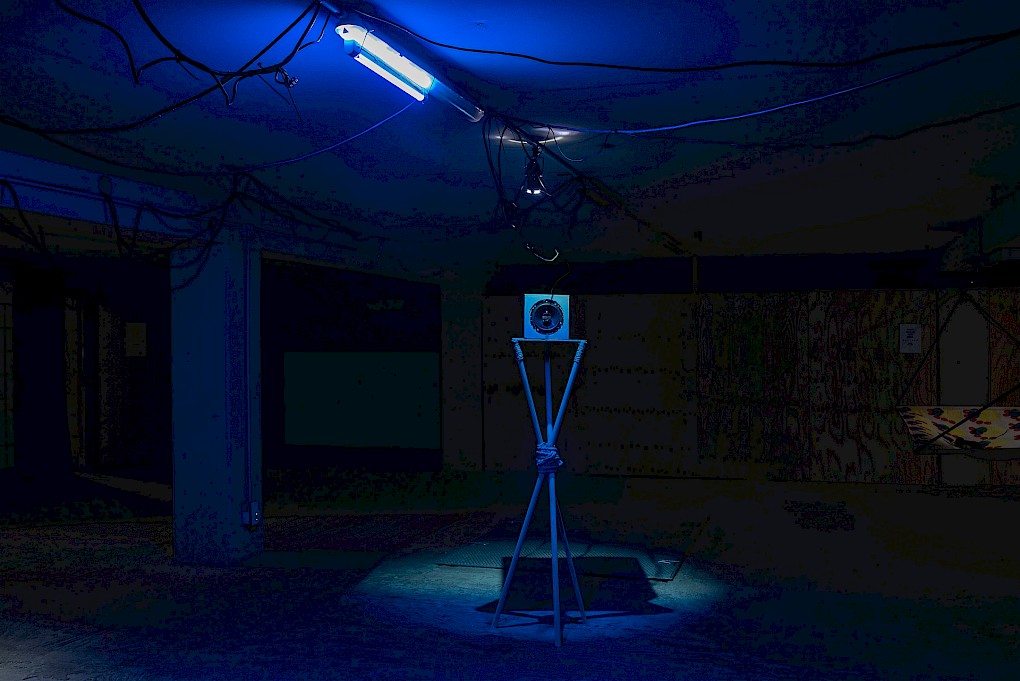
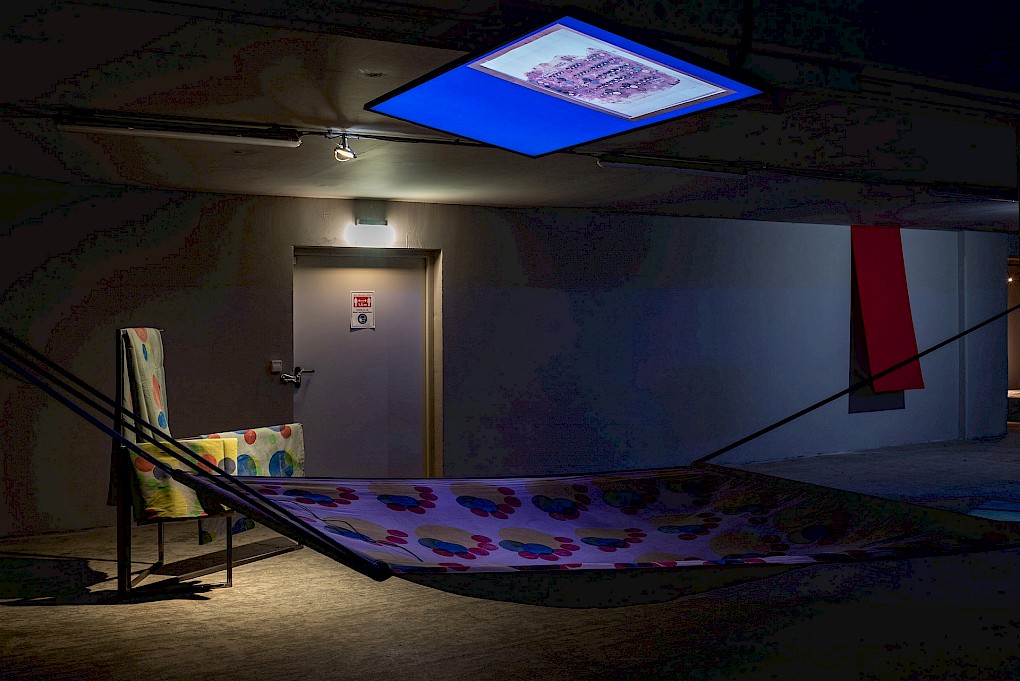
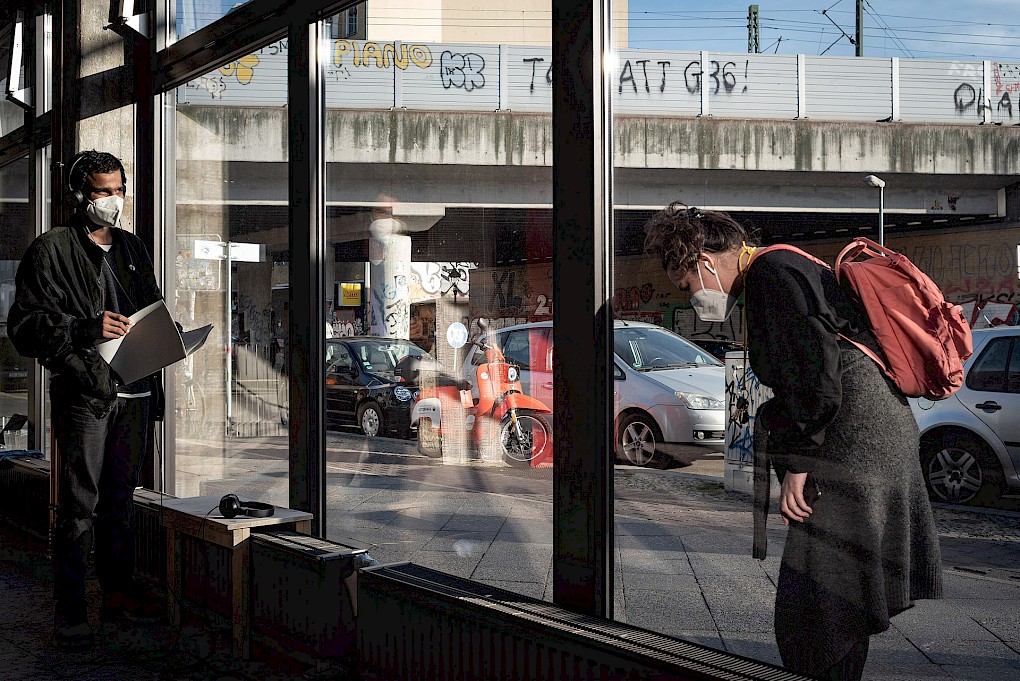
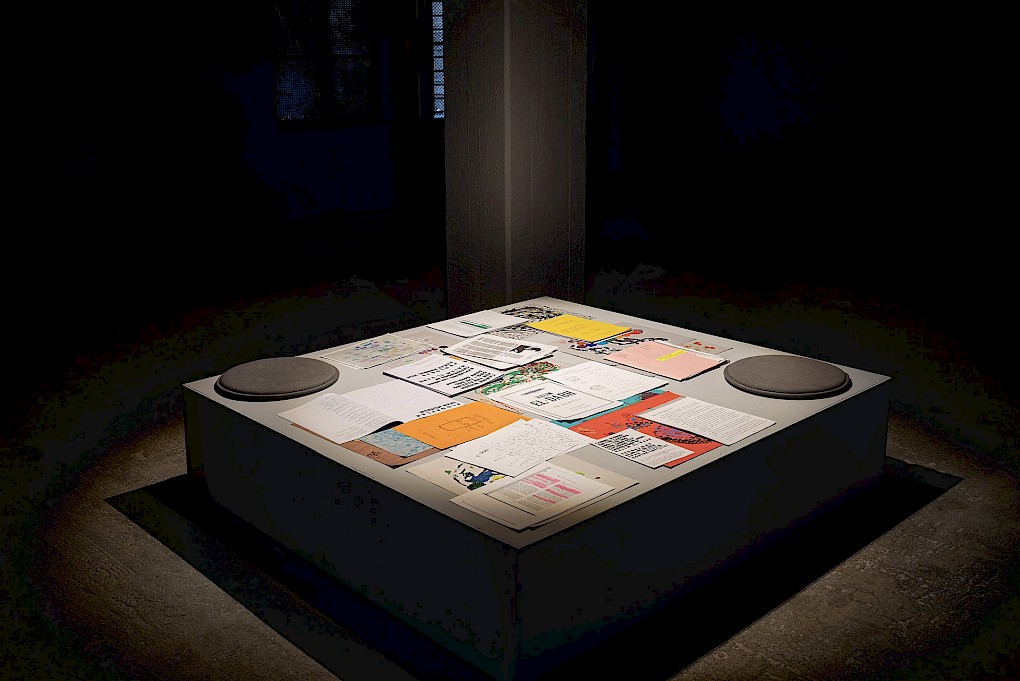
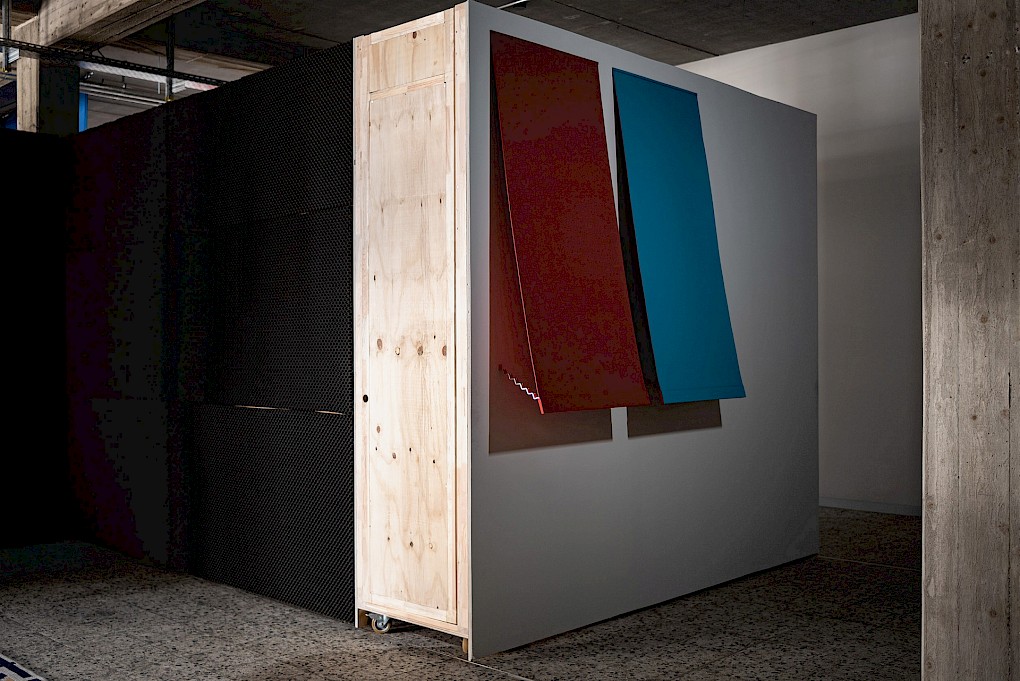
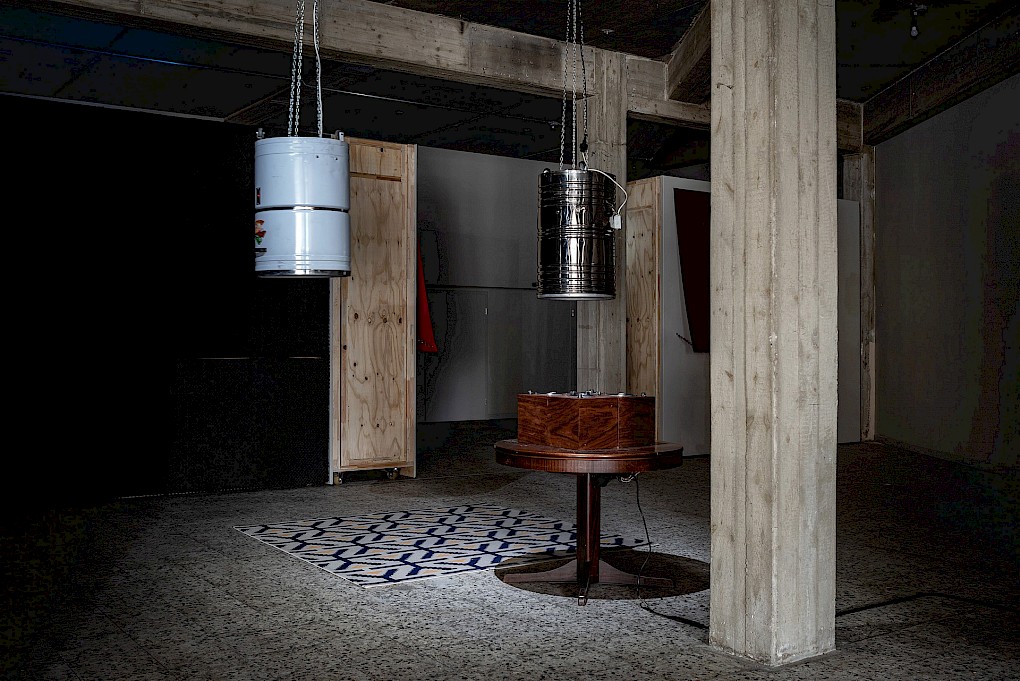
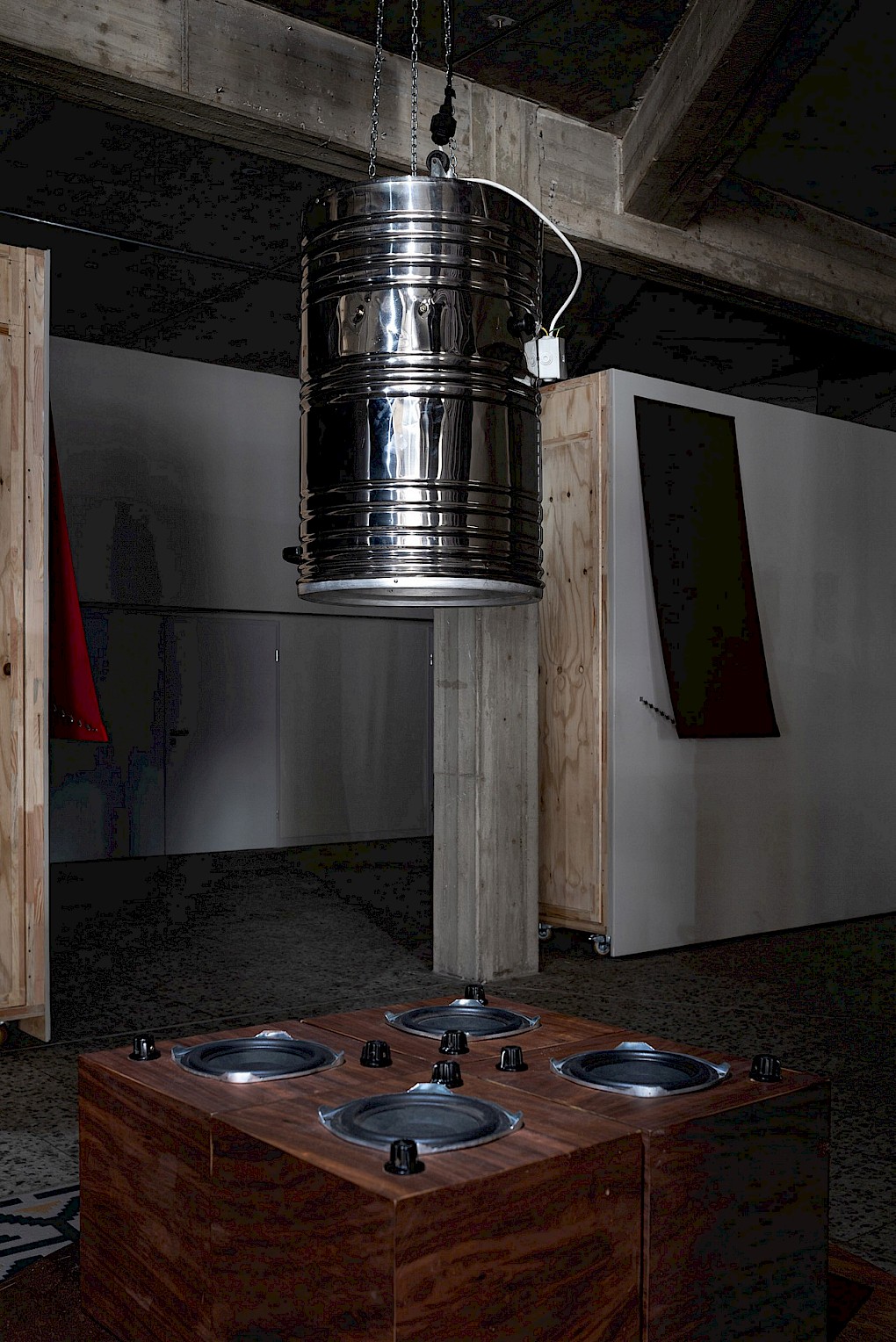
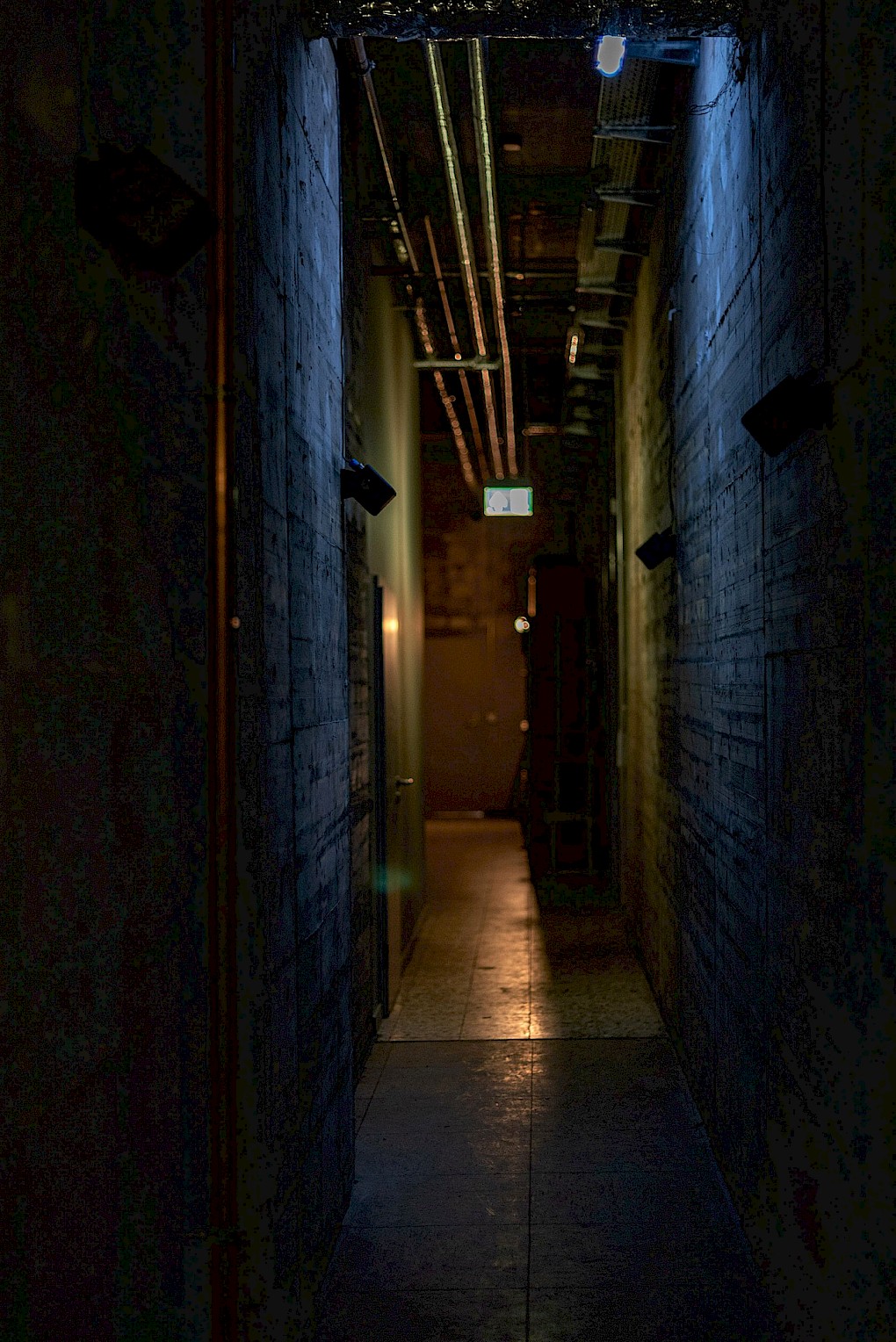
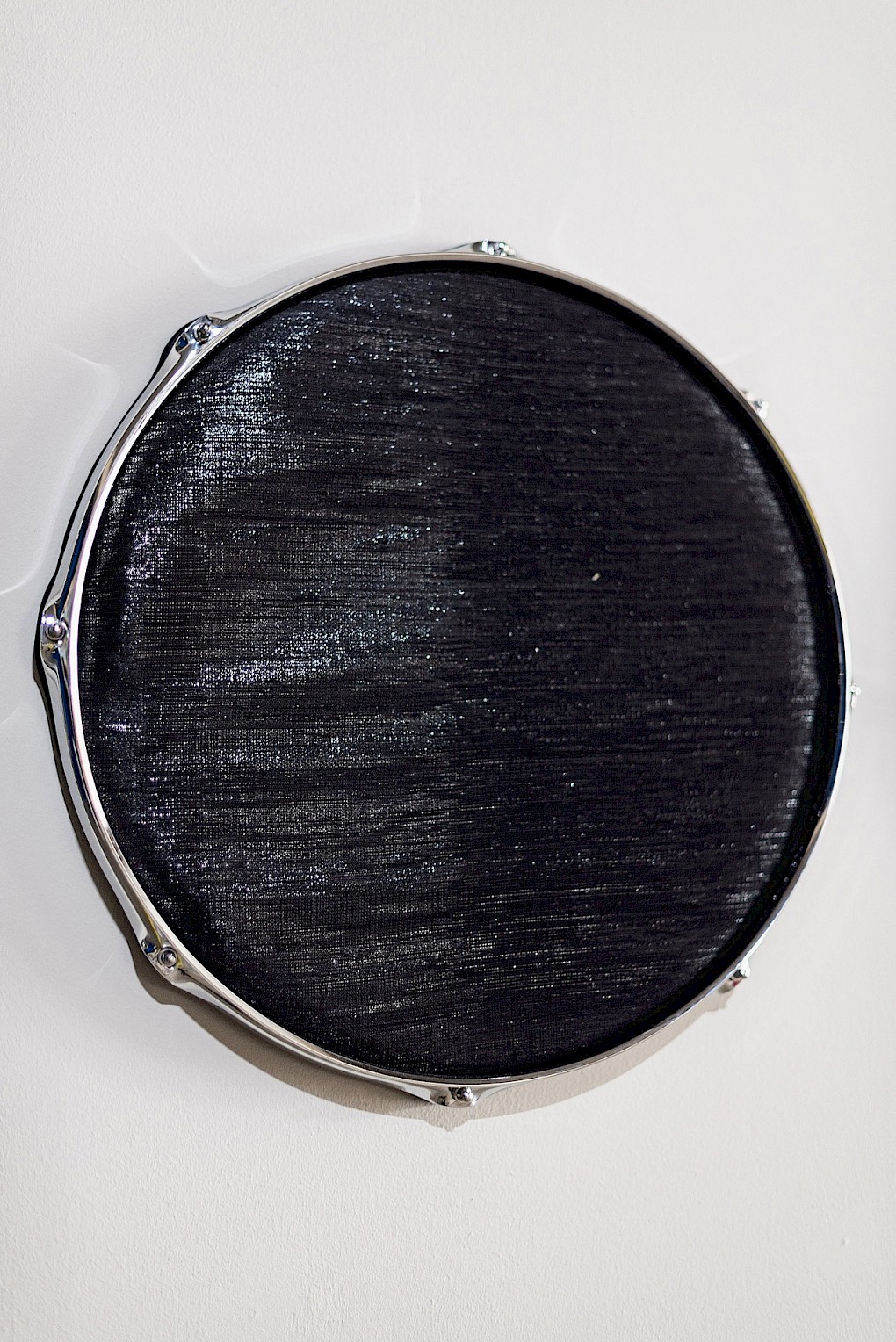
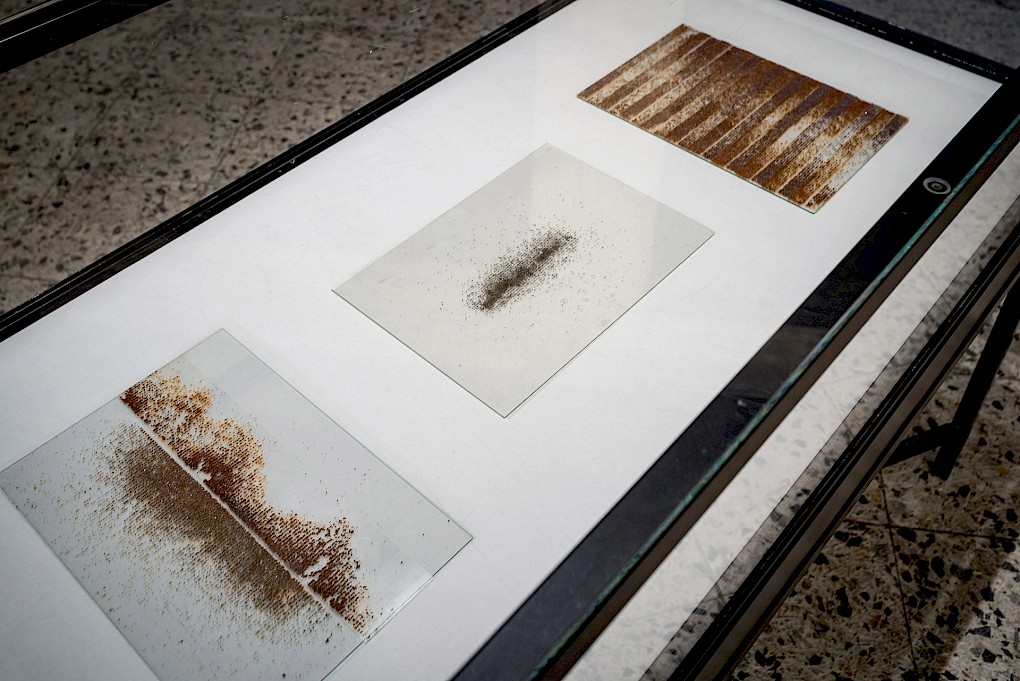
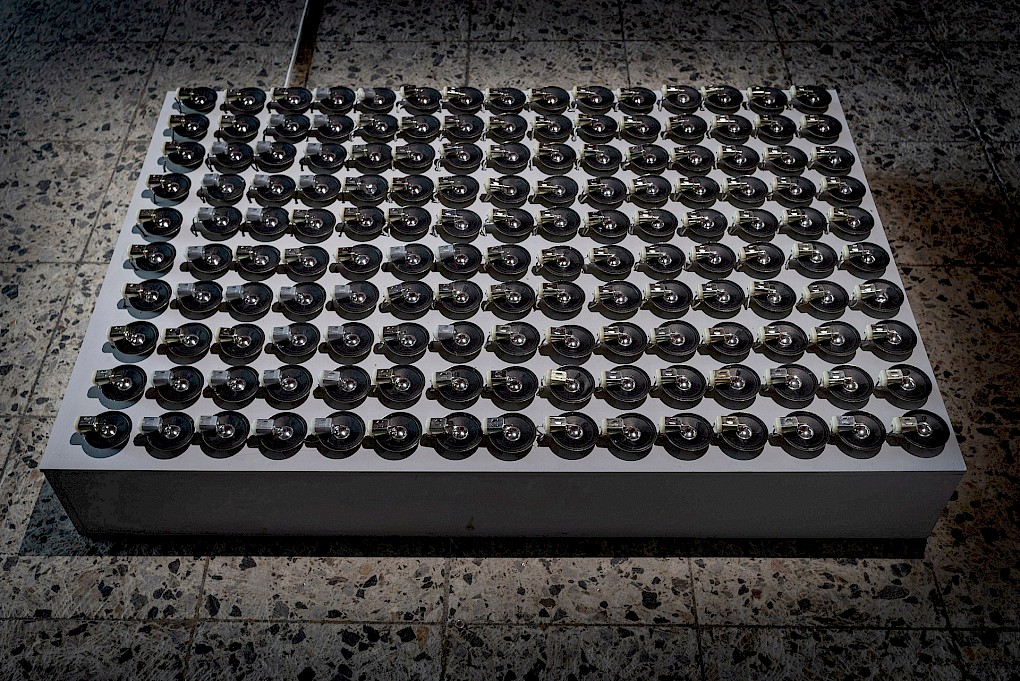
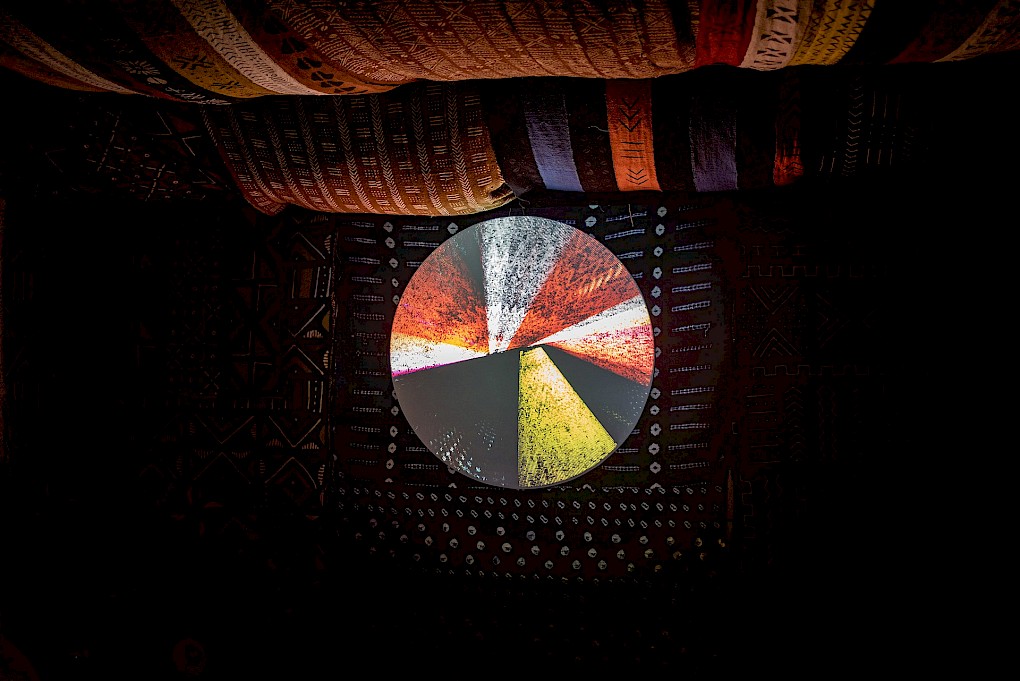
The final steps towards the grand presentation of this project were overshadowed by the sad passing of our colleague and friend, Bona Kingsley Manga Bell, to whom we dedicate this whole project. May these two sons of the African continent, Halim El-Dabh and Bona Kingsley Manga Bell, meet and chant in unison in the great beyond.
CONCEIVED BY Bonaventure Soh Bejeng Ndikung and Kamila Metwaly
ARTISTIC DIRECTOR Bonaventure Soh Bejeng Ndikung
CURATOR, Researcher, Editor, Writer Kamila Metwaly
CO-CURATOR Lynhan Balatbat-Helbock
Co-Curator & Editor Onur Çimen
CURATORIAL ASSISTANT Lili Somogyi
SCENOGRAPHY AND EXHIBITION DESIGN Ola Zielińska
Production Manager António Pedro Mendes
Production Billy Fowo
CURATORIAL AND PROJECT COORDINATION Lili Somogyi
GENERAL MANAGEMENT Lema Sikod
PROJECT MANAGEMENT Jörg-Peter Schulze
COMMUNICATIONS Anna Jäger
DESIGN Juan Pablo García Sossa
ART HANDLING Kimani Joseph, Peter Lowas
LIGHT DESIGN Emilio Cordero
TECH Bert Günter
RESEARCH BERLIN ITERATION Monilola Ilupeju, Sagal Farah
Translations Anna Jäger (German), Muhammad Salah Abdulaziz (Arabic)
Our gratitude to all former members who have built this project with us: Olani Ewunnet, Mahnoor Zehra Lodhi, Beya Othmani, Marie Hélène Pereira and Heba Habib
Funding This project has been funded by the German Federal Cultural Foundation, Goethe Institut, MaerzMusik – Festival for Time Issues and Deutschlandfunk Kultur.
Project Partners MaerzMusik – Festival for Time Issues and Deutschlandfunk Kultur
Thanks Over the last five years, and together with artists, writers, curators, musicians and composers from all over the world, we have been revisiting the work of Halim El-Dabh which spans through the 20th century, and was made possible only by the immense generosity and knowledge shared by Halim El-Dabh, and with continued support by Deborah El-Dabh.
This ongoing research has been built paper by paper, sound upon sound, through intensive research and collaboration with those who worked closely with Halim El-Dabh, his friends and family, and various institutions. We would like to extend our warm thanks to: Habeeb El-Dabh, Dawn Carson, Ron Slabe, Grant Marquit, Magda Saleh, Cara Gilgenbach (Kent State University Libraries. Special Collections and Archives), Jan Senn and Melissa Olson (Kent State Magazine), Nick Patterson (Music Librarian at Columbia University), Seth Cluett (Columbia Computer Music Center), Oliver Tobin, Ellen Graff, and Peggy Lyman (Martha Graham Company), Alice Shields, Thom Holmes, George E. Lewis, James Vaughan, Hasan Hajuri, Tommy McCutchon, Greg Adams, Cecilia Peterson (Rinzler Archives at the Center for Folklife and Cultural Heritage), Karen Milbourne, Robert Leopold, Michael Mason (Smithsonian Institute), Colette Lucas (The MacDowell Colony), Janet L. Stanley (Smithsonian Institution), Jeff Ingram (Standing Rock Cultural Arts), Robin the Fog (BBC Radio 4), Jeff St. Clair (WKSU), Nasri Zacharia and B. Lorenzo Roaché (Harlem International Film Festival (Hi)) and the archives of Schomburg Center for Research in Black Culture, New York Public Library for the Performing Arts Archives, and Howard University Archives.
A SPECIAL THANK YOU to Deborah El-Dabh who continues to carry Halim El-Dabh in her ongoing generosity to keep his music, spirit, and legacy alive. Without her guidance and support our collective work would have not been possible.
Josh Kun in his lecture on "Border Atonalism", during SAVVY Contemporary’s INVOCATIONS on Julius Eastman, March 2018.

